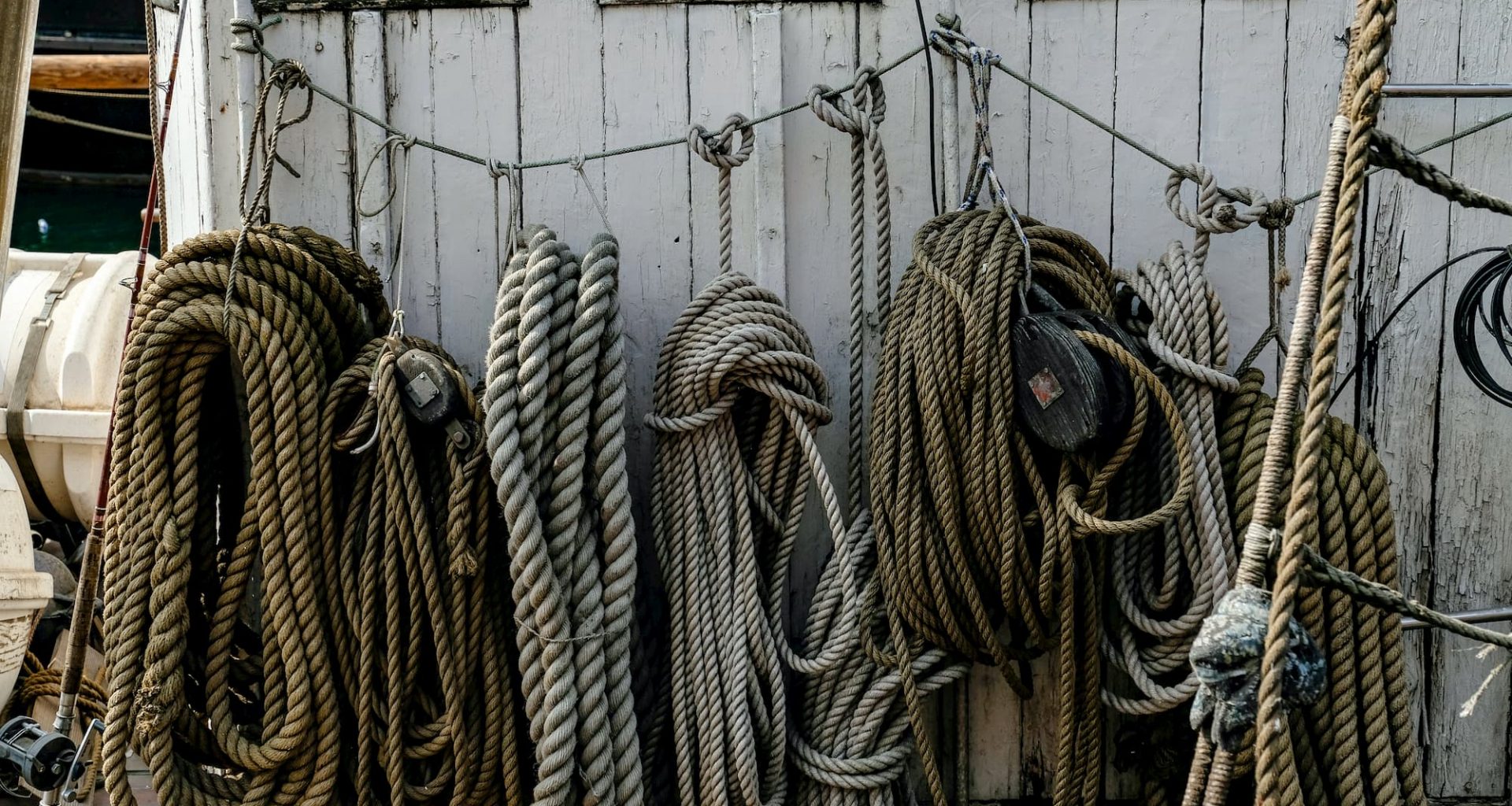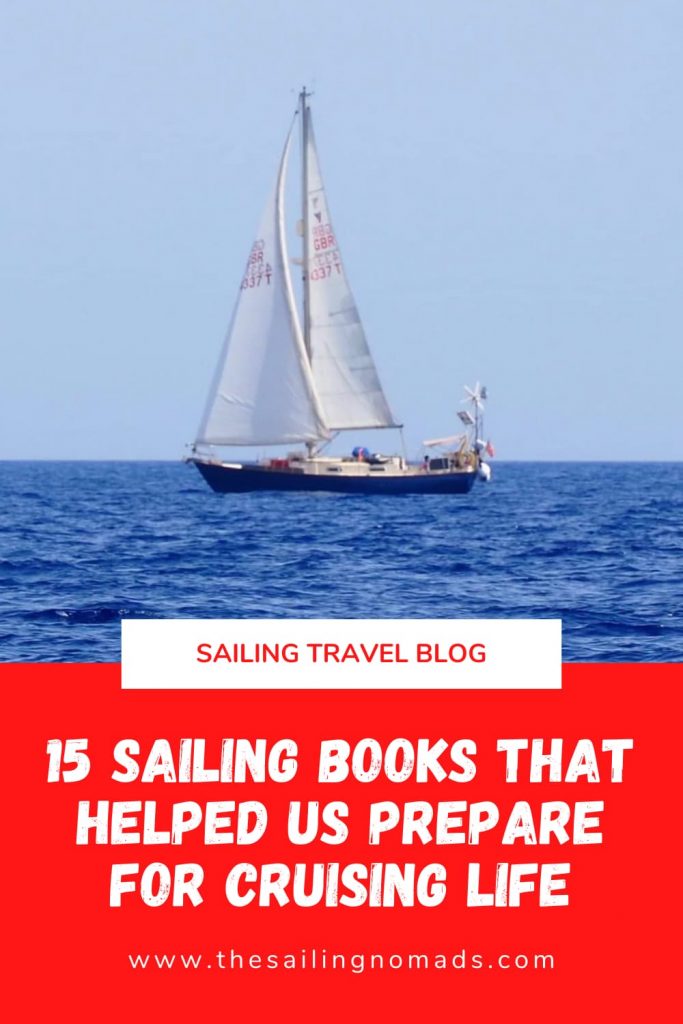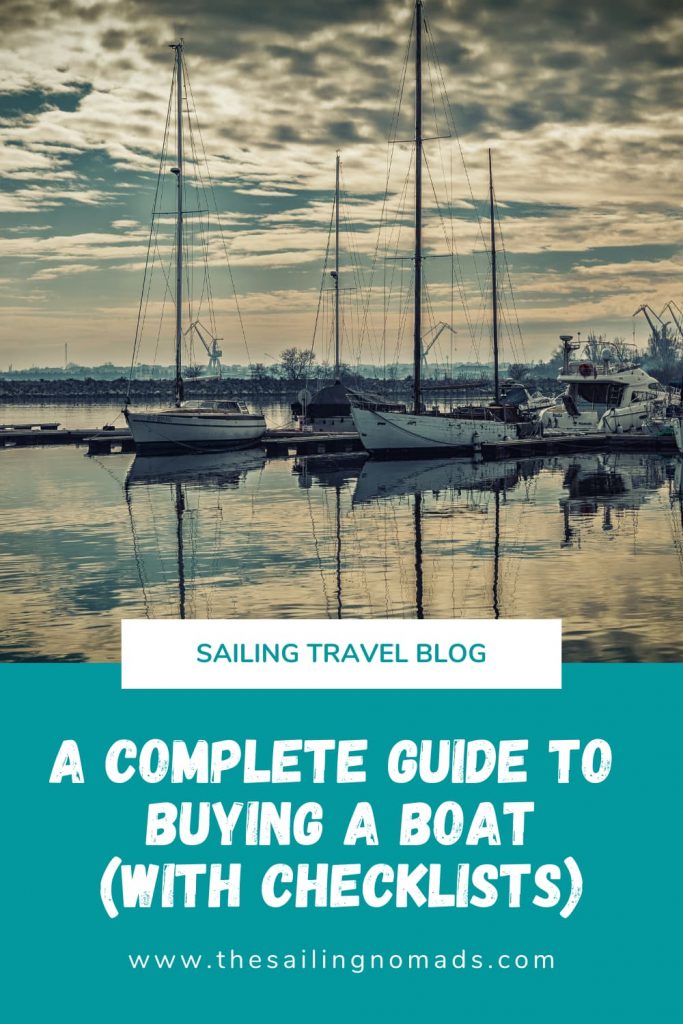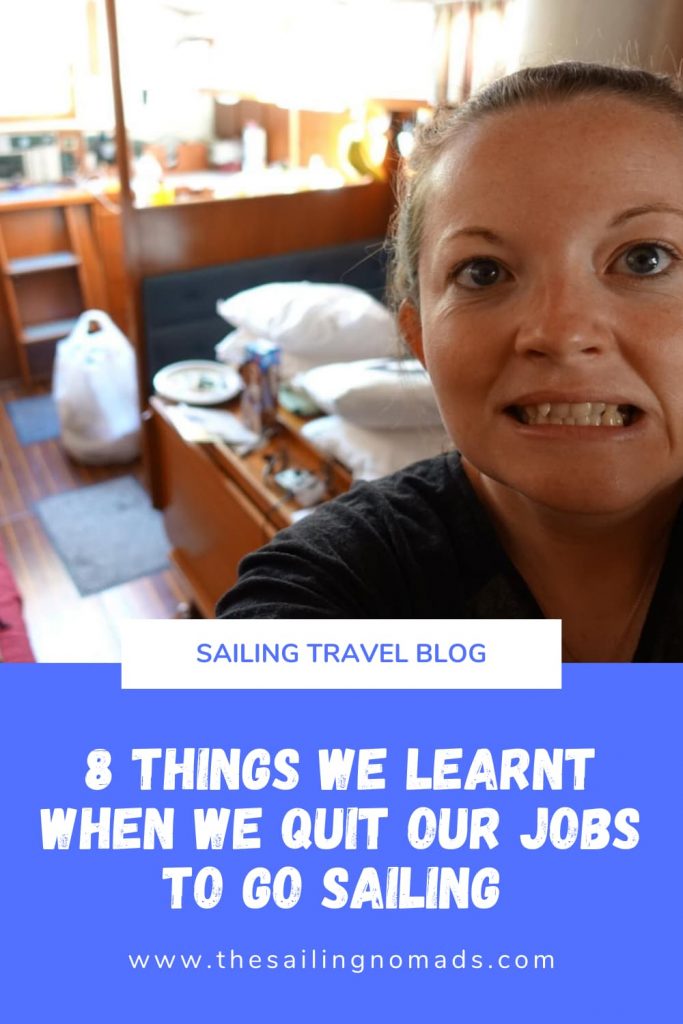If there was ever a good time for using checklists, before going sailing would be it. Especially if said sailboat is also your home! You’re pretty helpless at sea, especially offshore, so making sure everything is shipshape is definitely worth the extra care upfront. Heavens knows it’s also much easier to make sandwiches, remove a sail cover, or change an engine belt at anchor or in port than it is rolling around in 40kts! We’ve learned a few lessons the hard way, so are now big fans of a checklist.
Sailing is often compared to flying in terms of safety and procedures and we can see why. There are so many different tasks to remember, from the boat’s overall maintenance schedule to provisions, gear, new crew orientation, medical supplies, and more. The list goes on!
We’ve been asked a few times on our Instagram now, what checks we do before we go sailing, especially on the longer passages. So we’ve done our best here to get down the pre-sail and post-sail lists we go through, to keep us in check. If you are looking to create your own sailing checklist, maybe this will help get you started.
Pre-Sail Checklist
- Provisions, fuel, water, and gas – make up food for the journey
- Crew safety, passage, watch-keeping rota, and deck briefing
- One last check of the weather forecast (we use Windy and Predict Wind, alongside local options)
- Turn on Garmin InReach and test
- Update Predict Wind Offshore app and weather route
- Disconnect shore power electrics (if tied up)
- Inspect seacocks
- Check battery status
- Bilge check – clean, dry, and operational
- Navigation – all charts and apps on, start recording track
- Sunscreen, sailing gloves, safety gear & PFD’s on
- Swim ladder stowed
- On deck – everything there is supposed to be there(!) and secured
- Galley – everything stowed, hatches and portlights closed
- Cabin – everything stowed, hatches and portlights closed
- Clear the knot log
- Dingy secured
- Winch handles on deck
- Engine check – water filters, oil levels, belts, bilge, and generally have a good look!
- Turn engine on and check water out the back and exhaust
- Record engine hours and fuel status in ships log (including jerry cans)
- Turn off anchor light (turn on nav lights if it’s a night sail)
- Instruments on and remove covers
- GPS on
- Radar on
- VHF on, tuned to channel 16, and check squelch/volume
- Mainsail cover off, main halyard on the head of the mainsail, and secure. Does it need a reef?
- Wheel unlocked
- Set mooring lines to slip (if tied up) or prepare anchor locker for weighing anchor
- Allocate crew mooring duties (cover a plan B too if necessary!)
- Final visual check of the surrounding area – depth, hazards, other vessels, wind, swimmers/divers, rocks, and all the other nasties!
- Cast off/raise anchor and monitor with fenders if necessary
- Once clear of all hazards stow warps and fenders
Post-Sail Checklist
- Take a final log
- Take bearings (if at anchor)
- Engine off
- All lines coiled and stowed
- Mainsail cover on and halyard secured
- Wheel locked
- Instrument covers on
- Turn off Garmin InReach
- Turn off instruments, radar, GPS, and VHF
- Open hatches and rig mosquito screens
- Battery check
- Bilge check
- Stow winch handles
- Turn on anchor light (if at anchor)
- Move boom over for solar panels
- Rinse the deck to remove salt
If you think we’ve missed anything in our pre or post sailing checklists, do let us know in the comments below and we’ll keep adding to them. If you’re hungry for more, you’ll find a full list of all of our checklists and guides here. At the risk of sounding ridiculous, it probably is important to keep checking your checklists too! Anyway, hope this helps folks happy sailing.
Out.








3 comments
I fully agree with everything you’ve said. I hope this post reaches a broader audience because it was genuinely fascinating.
Wow. It’s a nice reminder that good people are real in this world.